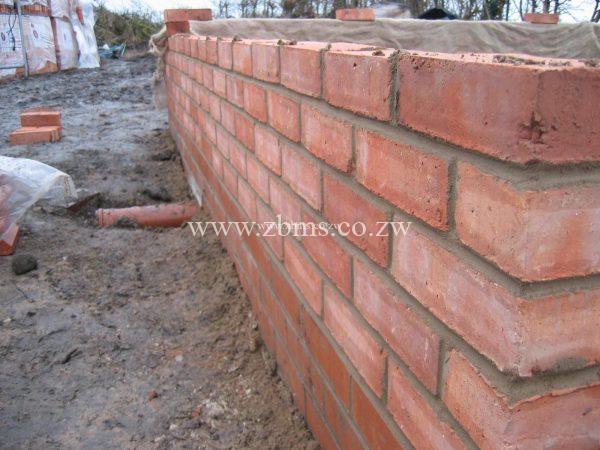Jointing and Plastering
These are the two most common finishing styles in building construction. Brick jointing is usually for face bricks and plastering for common bricks.
Jointing
Jointing is a beautiful alternative to plastering, where one needs a natural view of raw bricks on the exterior walls. It also requires use of the right tool and proper timing. Most contractors apply it on face bricks and smooth industrials. It is recommended on load bearing too depending on its surface finish.
Plastering
Plastering is the application of mortar (mixture of pitsand, water and cement) on to a wall surface. This helps with protection of bricks from bad weather conditions and deterioration. Plastering works as a base work where one needs to paint their house. If paint is applied directly on the bricks before plaster, it doesn’t last.
Comparison
Now when it comes to comparison, its a bit hard to see which one works best. The reasons for one to chose this over the other really varies and depends with purpose and type of project. For instance when using face bricks, a builder does not need to plaster but simply joint. With quality workmanship, a smooth jointing will give your house a perfect look. Also with bricks like smooth industrial that have a smooth and lightly shiny surface. At times depending on client’s niche, one loves the feel of having bricks exposed. This is advantageous if you want to vanish the walls.
Then on plastering, there are a few reasons where one would need to plaster. Firstly when using bricks like semi common, which need plastering soon after use. Secondly if you are using bricks that do not have a smooth finish that leave a rough surface. Lastly for the purposes of paints application requirements, one needs to apply mortar and let it dry first before applying it.
Final Words
So as a project owner considering these hints, decide what works best for you and we will always give you free construction advice during the progress of your project.

